-
- Coming Soon!
-
- Coming Soon!
-
- Coming Soon!
VAMLINK Articles
The Amazing 1886-O VAM 5
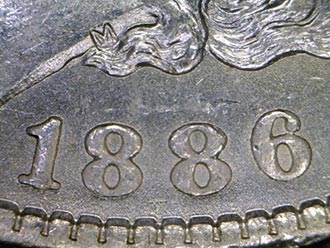
Interestingly, it took another five decades to find a second 1886-O VAM 5 specimen. And without question, it was a "eureka" moment for this writer. At the time, the extensive listings of Morgan dollar varieties on the widely-acclaimed VAMWORLD web site included no photos for the variety, and few other details. All this should raise a "red flag" in terms of rarity, and even more importantly, the Society of Silver Dollar Collectors Registry listings, where extensive VAM population numbers are assembled, likewise showed no VAM 5's before this new one came to light.
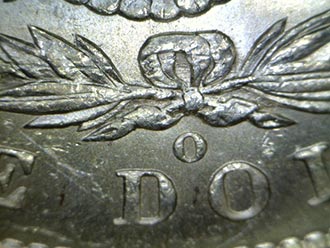 1886-O As a Date
1886-O As a Date

But before we discuss the variety, a word about 1886-O, which as a date, is the poster-child for what’s called a "condition census" rarity. More than ten million silver dollars were reported struck at the New Orleans Branch Mint in 1886, and most of that mintage apparently went straight into channels of commerce. Why would we think that? It's all about the fact that circulated 1886-O coins are so readily obtainable in today's market, while true Mint State specimens remain quite elusive. The values listed in the Greysheet convey the story. As would be expected, in VG condition the ’86-O is worth about the same as most common date Morgan dollars in that low grade. But then the picture changes. In each successively higher grade, the value of an '86-O dramatically increases, and by the time it reaches AU, the ’86-O is already worth almost double the common dates. But that’s only the beginning! MS60 is listed at $875 (vs. $50 for the common dates), and in MS63 its value shoots all the way up to $3000. Finally, in MS65 the ’86-O is a $145,000 coin! Don’t believe it? Check any current price guide! And so it should be noted that an 1886-O, independent of the die variety, is scarce to extremely rare in true uncirculated condition.
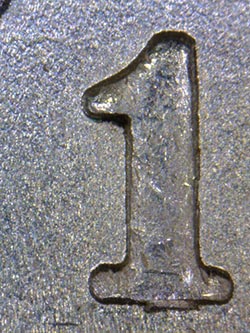
The 1886-O VAM 5
Looking specifically at the VAM 5, Leroy Van Allen’s VAM Book description describes it as having a "III2-3" Obverse, where a "Short stem of original 1 projects below bottom crossbar." Sounds harmless enough, but when closely examined, this projection from the bottom of the "1" in the date is unlike just about anything else in the Morgan dollar series. It’s like the stem of the "1" shot right through the bottom serif of the numeral. Talk about a Repunched Date! Van Allen further notes "First 8 doubled to lower left of bottom loop. Closed 6." But without question, it's the "1" in the date that makes this an exciting, one-of-a-kind die variety.

So, there you have it. The 1886-O VAM 5 is a unique "Repunched Date" variety with triple clashed dies. And for decades it rarely, if ever, crossed the radar screens of VAM collectors, probably because no one ever saw one! The animated response of one specialist who wrote the current VAMWORLD listing was the following: "As of December 2012, only one example of this coin was known. The location of the discovery piece and the plate coin was not known. This coin has been searched for nearly 50 years by several dedicated VAM collectors with only one example to show for the effort." And he concludes: "Finding one of these would be the highlight of any collection." We certainly won't argue with that!
No part of this writing or presentation may be reproduced by any means without the written consent of the author.
Additional Photos
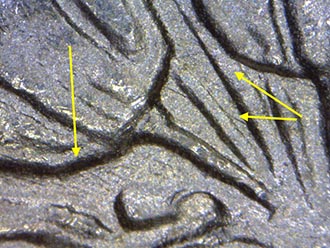
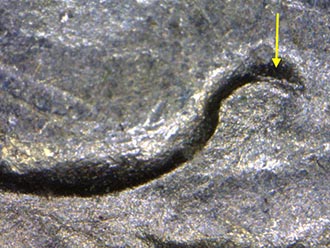
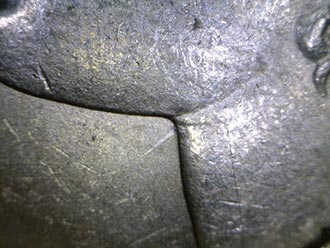
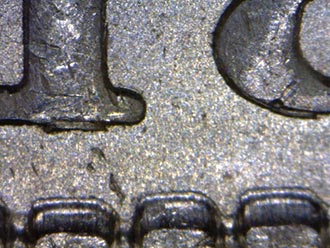
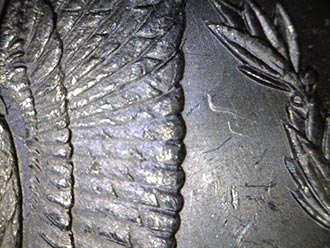
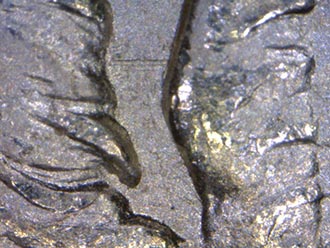
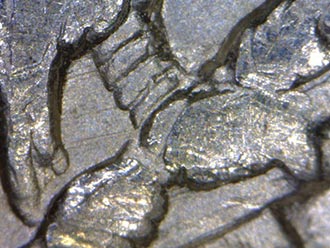


 The 1921-D VAM 1X Early Die State
The 1921-D VAM 1X Early Die State What's it Worth?
What's it Worth? A Tribute to 8TF Morgans
A Tribute to 8TF Morgans The 1922-P "Moustache" Variety
The 1922-P "Moustache" Variety The Amazing 1886-O VAM 5
The Amazing 1886-O VAM 5